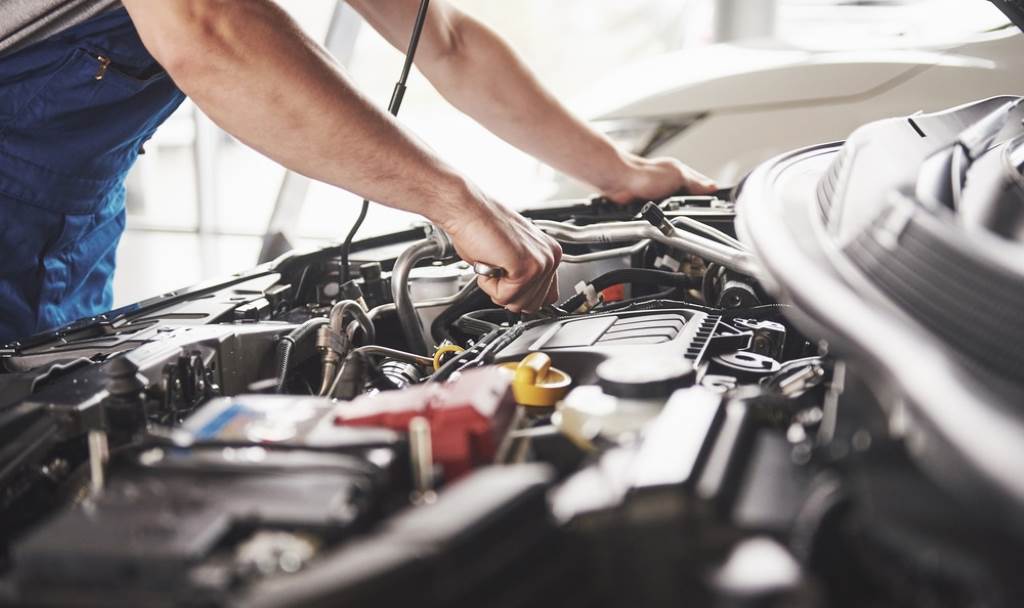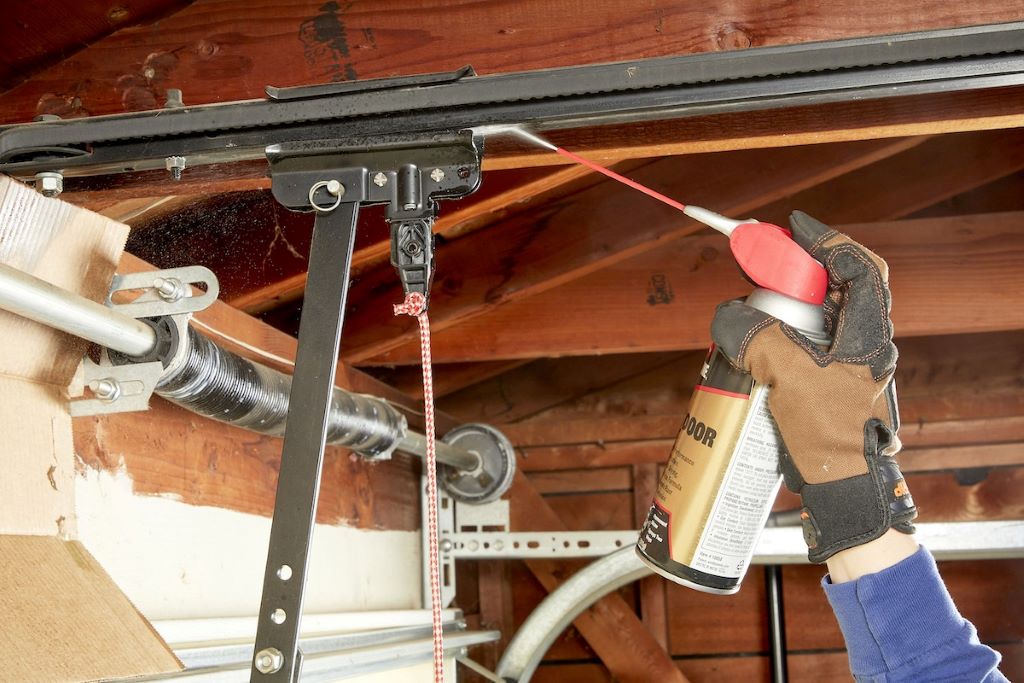Imagine a world where your machinery grinds to a halt, your car squeaks with every turn, or your bicycle chain jams mid-ride. These frustrating scenarios often stem from one overlooked maintenance task: lubrication. Properly lubricating moving parts is the unsung hero of mechanical efficiency, ensuring smooth operation, reducing wear, and extending the lifespan of your equipment. Whether you’re a homeowner maintaining household appliances, a DIY enthusiast working on a project, or a professional managing industrial machinery, understanding how to lubricate moving parts is essential for performance and durability.
In this comprehensive guide, we’ll explore why lubrication matters, the types of lubricants available, step-by-step instructions for applying them, and tips to avoid common mistakes. By the end, you’ll have the knowledge to keep your machines running like a well-oiled—pun intended—system. Let’s dive in!
Why Lubrication is Crucial for Moving Parts
Lubrication reduces friction between moving components, preventing excessive wear, heat buildup, and corrosion. Without it, metal surfaces grind against each other, leading to inefficiencies, costly repairs, or complete equipment failure. Here are some key benefits of proper lubrication:
- Reduces Friction and Wear: Lubricants create a protective film between surfaces, minimizing direct contact and extending component life.
- Prevents Overheating: By reducing friction, lubricants help dissipate heat, keeping machinery within safe operating temperatures.
- Protects Against Corrosion: Many lubricants contain additives that shield metal parts from rust and oxidation, especially in humid or harsh environments.
- Improves Efficiency: Well-lubricated parts move smoothly, reducing energy consumption and improving overall performance.
From car engines to door hinges, lubrication is a universal need across industries and households. Neglecting it can lead to costly consequences, while mastering it can save time, money, and frustration.
Types of Lubricants: Choosing the Right One
Selecting the appropriate lubricant depends on the application, material, and operating conditions. Here’s a breakdown of the most common types of lubricants and their uses:
1. Oils
Oils are versatile, liquid lubricants ideal for high-speed or low-load applications. They penetrate tight spaces and are commonly used in:
- Car engines
- Bicycle chains
- Sewing machines
- Small motors
Best for: Precision machinery, chains, and components requiring frequent reapplication.
2. Greases
Greases are thicker, semi-solid lubricants that stay in place longer than oils. They’re perfect for heavy-duty applications or parts exposed to water and dirt, such as:
- Wheel bearings
- Gears
- Hinges
- Industrial equipment
Best for: High-load, low-speed components or areas needing long-lasting protection.
3. Dry Lubricants
Dry lubricants, like graphite or PTFE (Teflon), leave a dry film that reduces friction without attracting dust or dirt. They’re ideal for:
- Locks
- Sliding doors
- Conveyor belts
- Sensitive electronics
Best for: Clean environments or applications where wet lubricants could attract debris.
4. Penetrating Lubricants
These thin, low-viscosity lubricants are designed to loosen rusted or stuck parts. They’re not meant for long-term lubrication but are excellent for:
- Rusted bolts
- Stuck hinges
- Seized machinery
Best for: Maintenance and repair tasks requiring freeing up corroded parts.
5. Specialty Lubricants
Some applications require specialized products, such as food-grade lubricants for kitchen appliances or high-temperature lubricants for industrial ovens. Always check manufacturer recommendations to ensure compatibility.
Pro Tip: Consider environmental factors like temperature, moisture, and load when choosing a lubricant. For example, high-temperature grease is essential for machinery operating in extreme heat.
Step-by-Step Guide to Lubricating Moving Parts
Proper lubrication isn’t just about slathering on some oil or grease—it requires precision and care. Follow these steps to ensure optimal results:
Step 1: Identify the Moving Parts
Inspect your equipment to locate all moving components, such as gears, bearings, chains, or hinges. Refer to the manufacturer’s manual for guidance on which parts require lubrication and the recommended lubricant type.
Step 2: Clean the Parts
Dirt, dust, and old lubricant can reduce the effectiveness of new lubrication. Use a degreaser or a clean cloth to remove grime and residue. For rusted parts, apply a penetrating lubricant first to loosen corrosion.
Step 3: Choose the Right Lubricant
Match the lubricant to the application. For example, use lightweight oil for small, fast-moving parts and heavy-duty grease for bearings or gears under high pressure.
Step 4: Apply the Lubricant
- For Oils: Use a dropper, spray, or applicator to apply a thin, even layer. Avoid over-application, as excess oil can attract dirt.
- For Greases: Use a grease gun or brush to apply a small amount to the surface. Work the grease into the component by moving it manually.
- For Dry Lubricants: Spray or apply the lubricant sparingly, allowing it to dry into a thin film.
- For Penetrating Lubricants: Apply to rusted or stuck areas, let it sit for a few minutes, then move the part to work the lubricant in.
Step 5: Wipe Off Excess
Excess lubricant can attract dust and debris, reducing efficiency. Use a clean cloth to remove any surplus oil or grease.
Step 6: Test the Equipment
Run the machinery or move the parts to ensure smooth operation. Listen for unusual noises or resistance, which may indicate improper lubrication or another issue.
Step 7: Schedule Regular Maintenance
Lubrication isn’t a one-time task. Create a maintenance schedule based on the equipment’s usage and manufacturer guidelines. For example, bicycle chains may need lubrication every few weeks, while industrial machinery might require monthly checks.

Common Mistakes to Avoid
Even with the best intentions, lubrication mistakes can lead to poor performance or damage. Here’s what to watch out for:
- Using the Wrong Lubricant: Applying oil to a high-load bearing or grease to a fast-moving chain can cause inefficiencies or failure.
- Over-Lubricating: Too much lubricant attracts dirt and can cause components to slip or overheat.
- Neglecting Cleaning: Failing to clean parts before lubricating traps debris, leading to abrasion and wear.
- Ignoring Manufacturer Guidelines: Always check the equipment’s manual for specific lubricant recommendations and intervals.
- Skipping Regular Maintenance: Infrequent lubrication can lead to premature wear and costly repairs.
Lubrication in Different Applications
Lubrication needs vary across industries and household tasks. Here’s how to approach some common scenarios:
Automotive Maintenance
Car engines, wheel bearings, and suspension components rely on proper lubrication to function efficiently. Use synthetic motor oil for engines and high-temperature grease for bearings. Check your vehicle’s manual for specific intervals and products.
Home Appliances
From squeaky door hinges to sluggish ceiling fans, household items benefit from occasional lubrication. Use silicone spray for hinges and lightweight oil for fan motors. Avoid over-lubricating to prevent drips on floors or furniture.
Industrial Machinery
Heavy machinery like conveyor belts, presses, and pumps require robust greases or specialty lubricants. Regular inspections and a maintenance log can help prevent downtime and costly repairs.
Bicycles and Outdoor Equipment
Bicycle chains and lawnmower blades need frequent lubrication to withstand outdoor conditions. Use wet chain lube for rainy environments or dry lube for dusty trails.
Environmental and Safety Considerations
Lubrication isn’t just about performance—it’s also about safety and sustainability. Here are some tips to stay responsible:
- Choose Eco-Friendly Lubricants: Biodegradable oils and greases reduce environmental impact, especially for outdoor equipment.
- Dispose of Used Lubricants Properly: Never pour used oil down drains. Take it to a recycling center or hazardous waste facility.
- Use Protective Gear: Wear gloves and safety glasses when handling lubricants to avoid skin irritation or eye contact.
- Store Lubricants Safely: Keep products in a cool, dry place away from heat sources or children.
Troubleshooting Lubrication Issues
If your equipment still squeaks, overheats, or underperforms after lubrication, consider these potential issues:
- Wrong Lubricant: Double-check the product’s compatibility with your equipment.
- Insufficient Application: Some parts may need more lubricant or multiple applications.
- Underlying Damage: Persistent issues may indicate worn or damaged components requiring repair or replacement.
Conclusion: Keep Your Equipment Running Smoothly
Lubricating moving parts is a simple yet powerful maintenance task that can save you time, money, and headaches. By choosing the right lubricant, following proper application techniques, and sticking to a regular maintenance schedule, you’ll ensure your machinery, vehicles, and household items perform at their best for years to come.
Ready to take your maintenance game to the next level? Start by inspecting your equipment today and creating a lubrication schedule. Share your tips or questions in the comments below, or reach out to our community for expert advice on keeping your machines in top shape!




